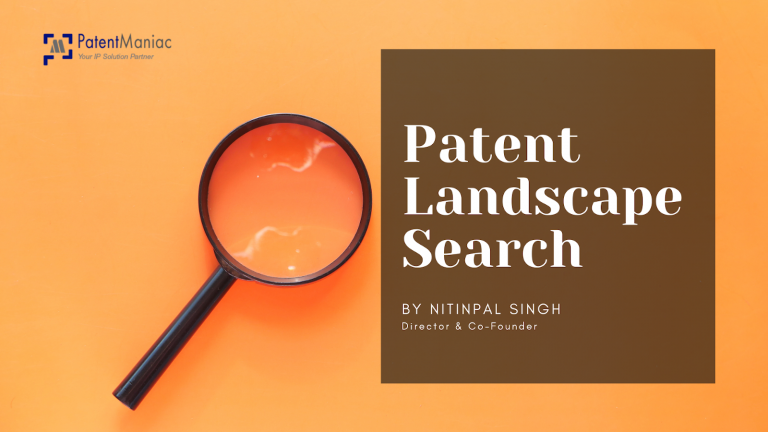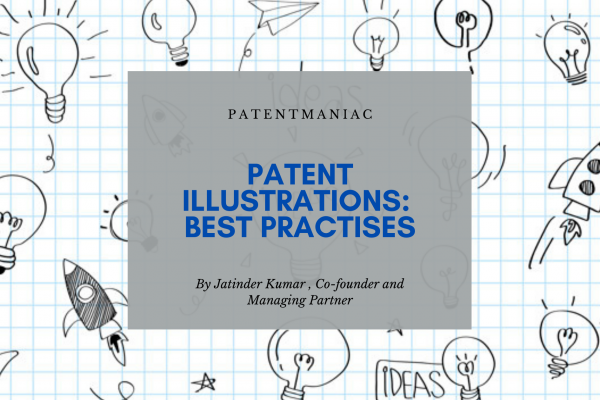Patent landscape search has been a conventional yet a smart approach to enter or understand the patent market within one or more jurisdictions. It is often used synonymously with patent FTO search as well. However, both of these searches are related amongst themselves.
From a conventional standpoint, a patent landscape study allows us to understand a broader technology with finer details through graphs, charts and state-of-the-art based automation techniques. It helps us visualize a patent marketplace, strengths, weaknesses of some classified or upcoming technologies over the other.
Companies who need to enter or invest in technologies in one or more countries do require effective patent landscape study during their decision making, so that they can develop different strategies including licensing, portfolio creation, transactions etc. However, the utility of patent landscape is multi-faceted as it is conducted on a generalized technology with thousands of patents being considered.
The outcome of the analysis can be shown via 3-D, 4-D charts including, but not limited to – Sunburst, Heat Maps, Bubble Chart, Waterfall etc. for data visualization. Sometimes, it is preferable to show the analysis using an external dashboard with customized content.
There are many approaches to conduct an effective patent landscape. However, it is recommended to understand the technology targeted in detail, so that the relevant patent data-set gathered from multiple sources is correct and up to date. Once this is performed correctly, one approach to refine the data-set is:
- Classification of the data-set into sub-technologies, followed by breaking them further till there is no further technology classification left.
- A general rule is to reach 5% of the overall size of the patent data-set till one should stops technology classification of the patent data-set.
- Generating Sunbursts and heat maps of the technical classifications performed on patent data-sets.
- Expansion of the patent data-set into extended families to uncover all geographies where the patents have been filed.
- Charting regions wise graphs including filing trends, geographical distribution, legal activities, dominant players, dominant inventors and their combinations.
- Generating bubble charts relating to classes where most of the patent data-set has been classified to understand white spaces and strength of the patent data-set.
In addition to the above, it is always recommended to integrate state-of -the–art dashboard tools with the patent data-set to uncover and customize hidden insights or upcoming technologies within the general technology.
Hence, the patent data-set and its correctness is of foremost importance to conduct a patent landscape in a correct manner. Otherwise, all the follow-up analysis becomes useless and skips essential key points to be deduced from the source data.
There are many automated and artificial intelligence based tools that allow quickly extracting patent data on a certain technology and generating analytic charts based on the patent data. However, they lack essential ingredients, i.e. manual classification of the patent data. Since the manual extraction, followed by classification of the patent data is incomplete, the upcoming trends (for example, new patent applications published) are skipped by these automated tools.
The best approach is to manually extract and filter the patent data-set, followed by integration with these artificial intelligence and dashboard tools. In this way, we generate highly efficient and knowledgeable analysis that helps in achieving decision making while entering a particular technology or licensing with owners of the patent in one or more jurisdictions.





